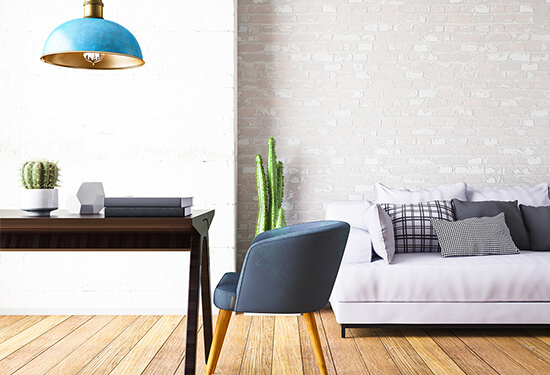School of
Interior
Design

The Interior Design programmes at Cindrebay are recognised as some of the oldest and most sought-after offerings of their kind in India.
We offer a wide range of programmes, including Vocational Diplomas, Bachelor's Degree Programmes, and Master's Degree Programmes in Interior Design, ensuring comprehensive education at all levels. Guided by some of the best practising architects, interior designers, and accomplished academicians, our curriculum blends theory with hands-on practice, fostering creativity and technical proficiency. This comprehensive approach has nurtured thousands of confident interior designers who have found themselves in the right places in their careers and lives. We are proud and thrilled about the success of our growing flock!
For a while now, the time has also been right for us to foray into offering a platform for aspiring architects of certain eligibility. Offered on demand by the industry, our Associate Diploma Course in Architecture is crafted specifically for civil engineering graduates. This programme, designed for senior students, provides the tools and perspectives for engineers to empathise, imagine, visualise, and express on paper—all qualities of a creative professional.
At Cindrebay, we are passionate about nurturing the next generation of interior designers. Our mission is to provide an education that goes beyond the classroom, fostering creativity, innovation, and a lifelong love for design. Our graduates leave us not only with the skills and knowledge to excel in their careers but also with the confidence to lead and innovate in their fields. We invite you to join our vibrant community at Cindrebay, where your journey to shaping the future of design begins



